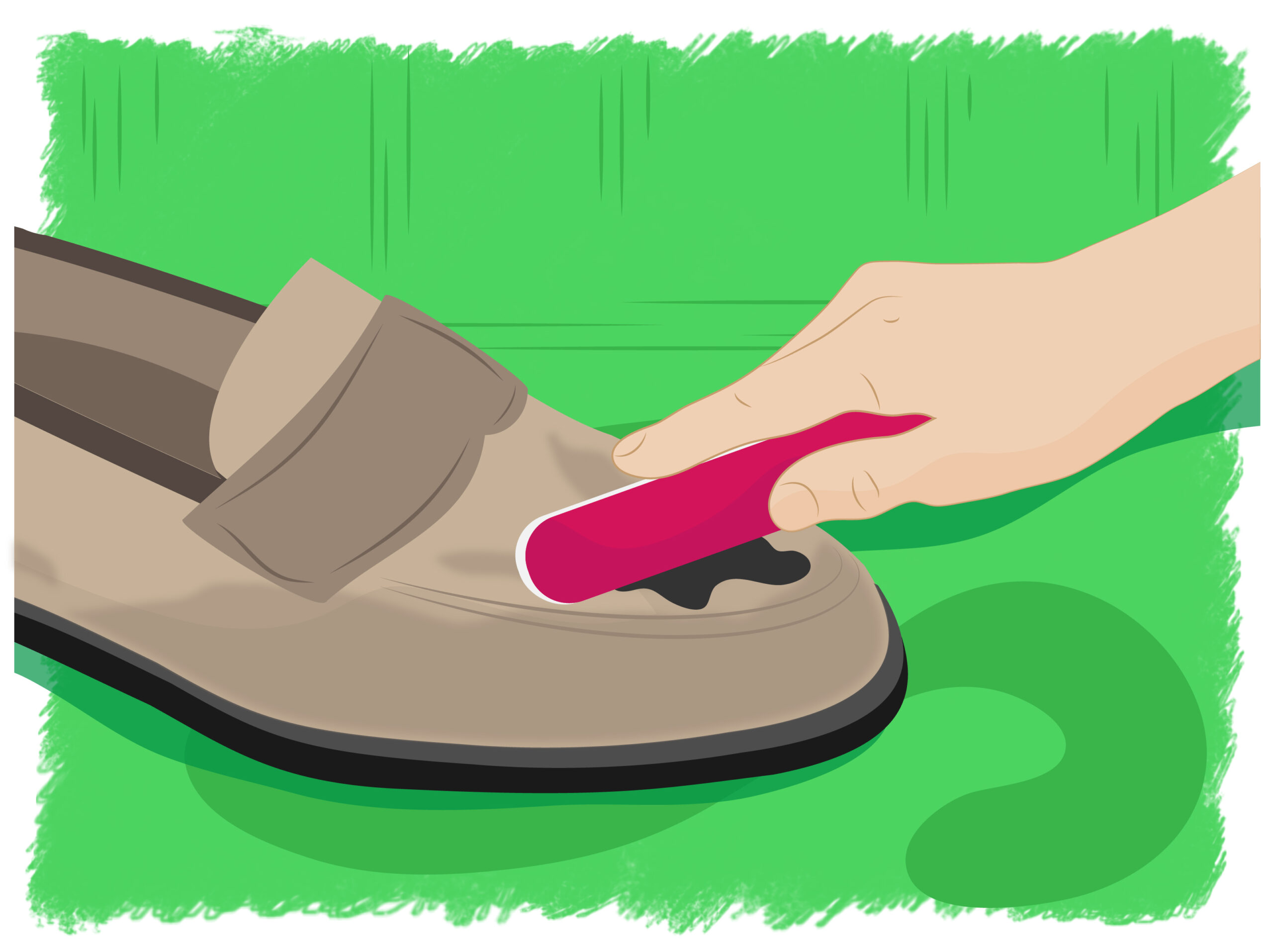Unlocking the Environmental and Economic Power of Resource Conservation
Introduction
Resource conservation is more than just a trend-it is a crucial strategy for sustaining our planet’s health and supporting future generations. As the demand for natural resources rises, conserving them becomes essential for environmental stability, economic viability, and the wellbeing of communities across the globe. This article explores the environmental and economic benefits of resource conservation, provides actionable guidance, and highlights real-world examples to inspire meaningful change.
Understanding Resource Conservation
Resource conservation refers to the careful management and use of both renewable and non-renewable resources to prevent depletion and preserve ecological balance. From water, minerals, and fossil fuels to forests, soil, and wildlife, conserving resources ensures that natural systems remain healthy and productive for generations to come [1] .
Environmental Benefits of Resource Conservation
Reducing Pollution and Greenhouse Gas Emissions
Conserving resources directly minimizes pollution. For example, when materials are recycled rather than sent to landfill, fewer greenhouse gases are produced and air and water contamination is reduced. Efficient use of resources limits the need to extract, process, and transport new materials-activities that often contribute significantly to climate change and pollution [2] .
For instance, recycling one ton of paper saves about 7,000 gallons of water and reduces energy use, while also cutting greenhouse gas emissions that would result from producing new paper from raw materials [3] .
Protecting Ecosystems and Biodiversity
Natural habitats are under threat from overexploitation and pollution. By conserving resources, we help maintain healthy ecosystems that support diverse plant and animal life. Practices like reforestation, sustainable forestry, and habitat restoration can revive endangered species and strengthen biodiversity [4] . For example, planting native trees not only absorbs carbon dioxide but also restores habitats for countless species.
Nearly 90% of biodiversity loss and water stress is attributed to resource extraction and processing. By reducing extraction through conservation and recycling, we help protect species and support ecosystem services such as pollination, water purification, and climate regulation [3] .
Preserving Water and Soil Quality
Resource conservation reduces the strain on water supplies and preserves soil health. For instance, composting organic waste returns nutrients to soil, decreasing the need for chemical fertilizers and improving water retention. Conserving water through efficient irrigation and recycling helps maintain supplies for drinking and agriculture, especially in areas facing drought [3] .
Economic and Community Benefits
Cost Savings and Revenue Opportunities
Resource conservation isn’t just good for the environment-it can also save money and create new revenue streams. Businesses and households that reduce, reuse, and recycle often see lower waste disposal costs and decreased spending on raw materials. Some organizations generate income by selling recyclable materials such as paper, metal, or plastics [2] .
Investing in energy-efficient equipment can reduce utility bills over time, and water-saving technologies help cut operational costs. Communities that protect natural resources often attract tourism and new businesses, boosting local economies [5] .
Enhancing Public Health and Resilience
Healthy ecosystems improve public health by providing clean air and water, reducing disease risk, and offering recreational spaces. For example, urban trail systems and green spaces can lower healthcare costs by encouraging physical activity and reducing pollution-related illnesses. In Jefferson County, Alabama, savings from improved health due to green spaces are estimated at $21 million to $43 million annually [5] .
Effective resource conservation also prepares communities for unpredictable events such as natural disasters. By maintaining forests and wetlands, regions can mitigate flooding, buffer storms, and reduce the impact of droughts and heatwaves [1] .

Source: luzenelhorizonteymas.blogspot.com
Actionable Steps for Resource Conservation
1. Reduce, Reuse, Recycle
Adopting the three Rs is a foundational approach. Start by minimizing unnecessary consumption, repurposing items, and recycling materials whenever possible. For example, composting food scraps not only reduces landfill waste but also enriches garden soil. Many municipalities offer recycling programs that accept paper, cardboard, plastics, and metals-check with your local waste management authority for details on accepted materials and drop-off locations.
2. Support and Participate in Conservation Projects
Participate in tree planting initiatives, habitat restoration, and local clean-up events. Numerous community organizations coordinate conservation projects; to find programs near you, contact your city’s environmental department or search for “community conservation projects” with your city or county name. Many national organizations also offer volunteer opportunities and educational resources.
3. Choose Sustainable Products
Opt for products made from recycled or responsibly sourced materials. Look for certifications such as ENERGY STAR (for energy-efficient appliances) and Forest Stewardship Council (FSC) labels (for sustainably sourced wood and paper). These choices support companies committed to conservation and reduce your personal environmental impact.
4. Conserve Water and Energy
Install low-flow fixtures, repair leaks promptly, and use energy-efficient lighting and appliances. Simple changes, such as turning off lights when not in use or washing laundry in cold water, can yield significant savings over time. Many utility providers offer rebates for energy-saving upgrades; visit your provider’s official website or contact their customer service for guidance on available programs.
5. Advocate and Educate
Share knowledge about the importance of resource conservation with friends, family, and your community. Supporting policies that protect natural resources and funding for conservation projects can drive large-scale change. To stay informed about local and national initiatives, sign up for updates from reputable organizations such as the Environmental Protection Agency (EPA) or your state’s department of environmental protection.
Overcoming Challenges and Alternative Approaches
Implementing resource conservation can face obstacles, such as lack of awareness, limited access to recycling facilities, or resistance to change. Solutions include community education campaigns, expansion of recycling infrastructure, and incentives for sustainable practices. Where recycling is not available, consider donating usable goods, repurposing materials, or supporting local swap events.
Alternative approaches may include adopting zero-waste lifestyles, supporting circular economy initiatives, or participating in carbon offset programs. Each strategy, whether individual or collective, contributes to a more resilient and sustainable environment.
How to Access Resource Conservation Services and Opportunities
If you are interested in accessing resource conservation programs or services:
- Contact your local environmental or public works department for information on recycling, composting, and conservation projects.
- Search for terms like “energy efficiency rebates [your state]” or “community tree planting [your city]” to identify relevant programs.
- For information on land and water conservation, consult the U.S. Department of Agriculture (USDA) or the U.S. Environmental Protection Agency (EPA) by visiting their official websites and searching for “conservation grants” or “sustainable practices.”
- Many nonprofits, such as The Nature Conservancy and local land trusts, provide resources, volunteer opportunities, and educational materials. Visit their official websites and explore opportunities in your area.
Remember, when searching online, always verify that any organization or website is legitimate and reputable before providing personal information or making donations.
Key Takeaways
Resource conservation is essential for safeguarding the environment, promoting economic prosperity, and building resilient communities. By taking actionable steps-reducing waste, conserving water and energy, supporting conservation initiatives, and spreading awareness-you can play a vital role in protecting the planet for generations to come.
References
- [1] Earth Reminder (2022). How Can Resource Conservation Benefit the Environment?
- [2] ETM Recycling (2023). Resource Conservation – Why it Matters.
- [3] Eco-Cycle (2025). Zero Waste & Resource Conservation.
- [4] Conservation Institute (2024). How Can Resource Conservation Benefit the Environment.
- [5] Land Trust Alliance (2023). Investing In Nature: The Economic Benefits of Protecting Our Lands and Waters.
MORE FROM savvysc.com













